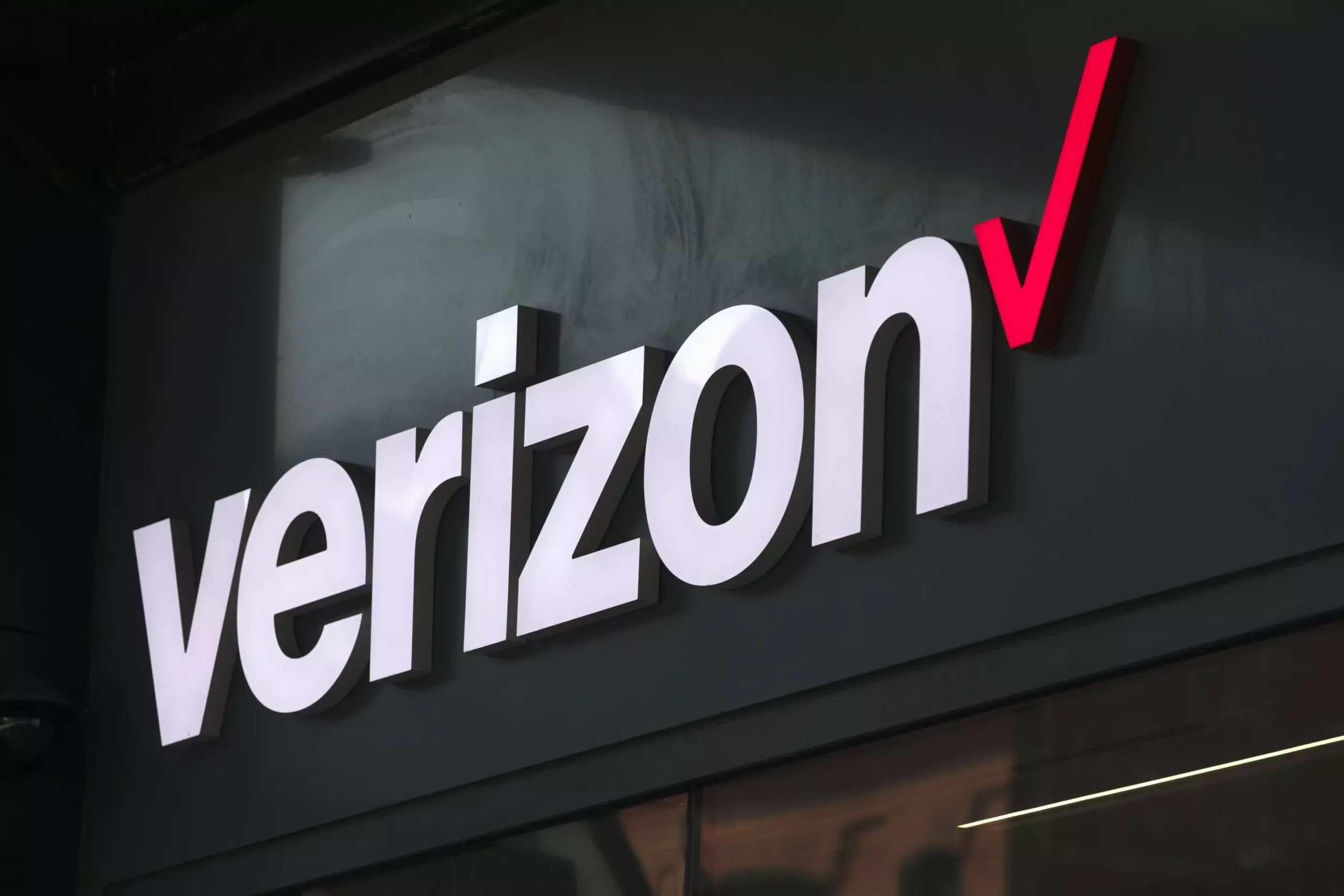On a seemingly routine Monday, a significant disruption struck Verizon customers throughout the United States, leaving many without cellphone service during a crucial time. Reports poured in from various regions, with DownDetector indicating that at its peak, the number of complaints soared beyond 100,000 shortly after 11 a.m. ET. Even as the numbers began to decline, a staggering 48,000 users continued to grapple with service issues by late afternoon, creating an atmosphere of frustration and helplessness among subscribers.
The outage was not confined to a singular region, complicating the narrative of merely a localized technical glitch. While reports flooded in from the Southeastern U.S.—where communities were still recovering from the turbulence of Hurricane Helene—customers across the West Coast, Midwest, and Northeast also reported similar connectivity failures. This widespread nature of the outage raised questions about the robustness of Verizon’s infrastructure and its ability to withstand both natural calamities and operational hiccups.
Corporate Response and Customer Reactions
In response to the service disruption, Verizon took to social media platform X to acknowledge the challenges faced by its users. The company’s post indicated that engineers were actively investigating the issue, emphasizing a commitment to restore normalcy as swiftly as possible. However, the burden of communication fell heavily on apprehensive customers who turned to social media to vent their frustrations, sharing experiences of missed calls and uninformed disconnects during a peak business day.
The event also drew attention from the Federal Communications Commission (FCC), which stated it was looking into the outage to determine its root cause. Such oversight is vital, as it reflects the need for accountability from major telecommunications providers, especially in an era where mobile connectivity is deemed essential. Customers expect reliable service and accountability; thus, the implications of this outage may reverberate through Verizon’s reputation in the industry.
Communication Alternatives During Outages
As Verizon customers faced the inconvenience of disconnected service, many were left searching for alternatives. iPhone users noted the SOS messages signaling network issues, which restrict regular cellular functions but allow emergency calls through other networks. For those needing to stay connected, Wi-Fi emerged as a viable option. Most smartphones today possess a Wi-Fi calling feature that enables users to make calls over an internet connection, serving as a lifeline during service disruptions.
The Broader Implications for Verizon and Its Users
The incident highlights several critical issues regarding the reliance on telecommunications companies like Verizon. While technical glitches occur, their frequency and breadth provoke scrutiny over network reliability and customer service. Consumers expect a seamless communication experience; thus, a singular outage might prompt reevaluations of loyalty among subscribers. In a world increasingly reliant on connectivity, the stakes associated with such service failures are higher than ever, potentially impacting Verizon’s standing in a competitive market. As the company works to restore service and trust, the need for enhanced infrastructure and better communication with its user base has never been more pressing.


Leave a Reply